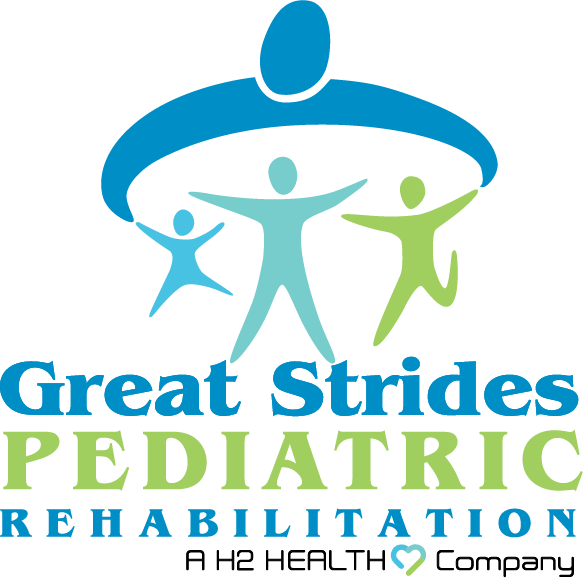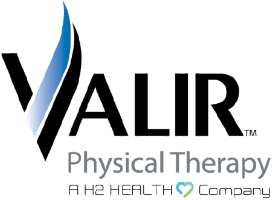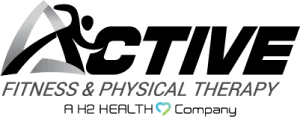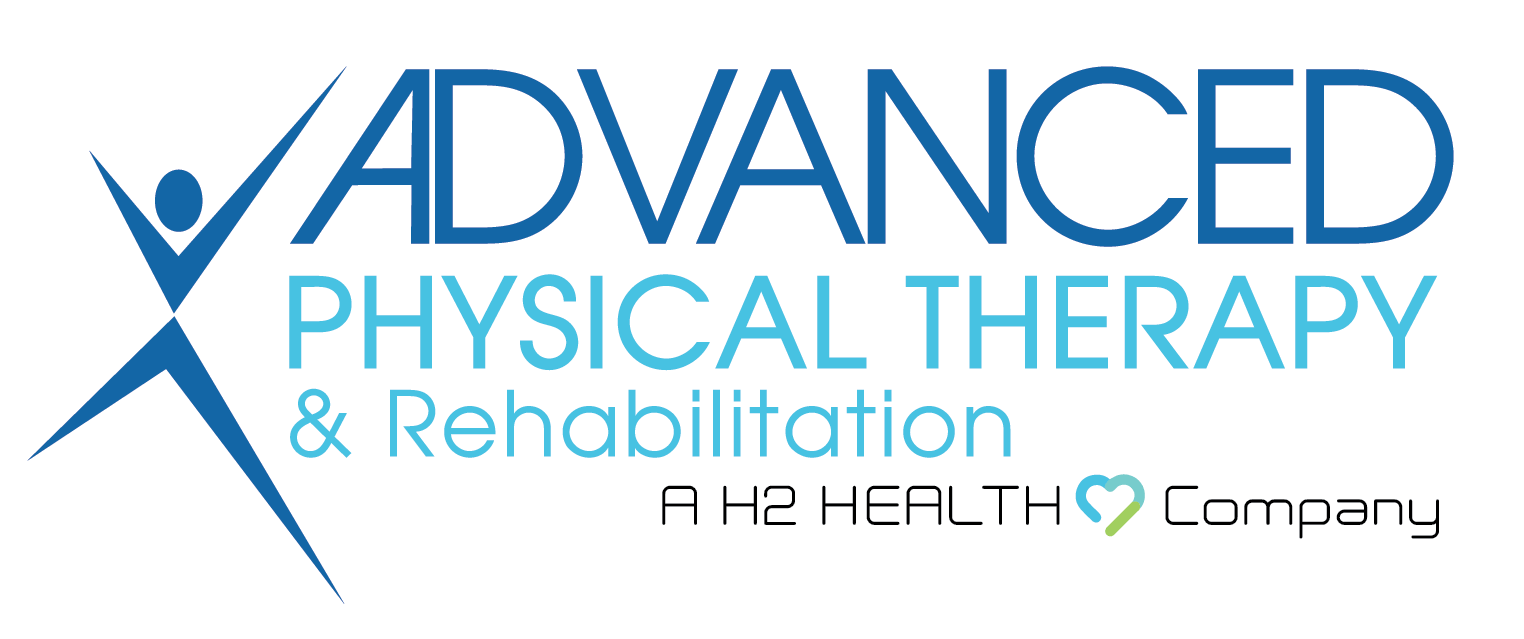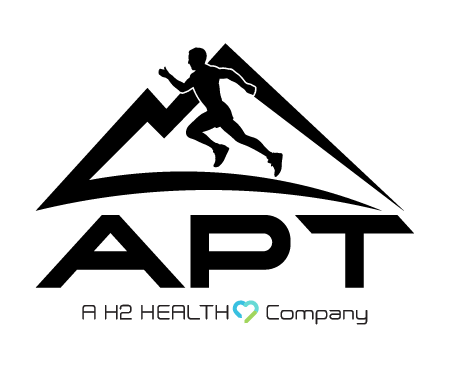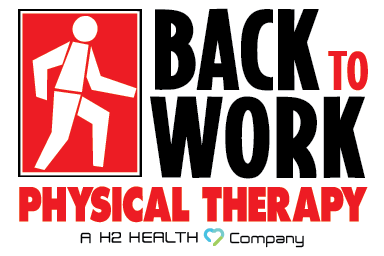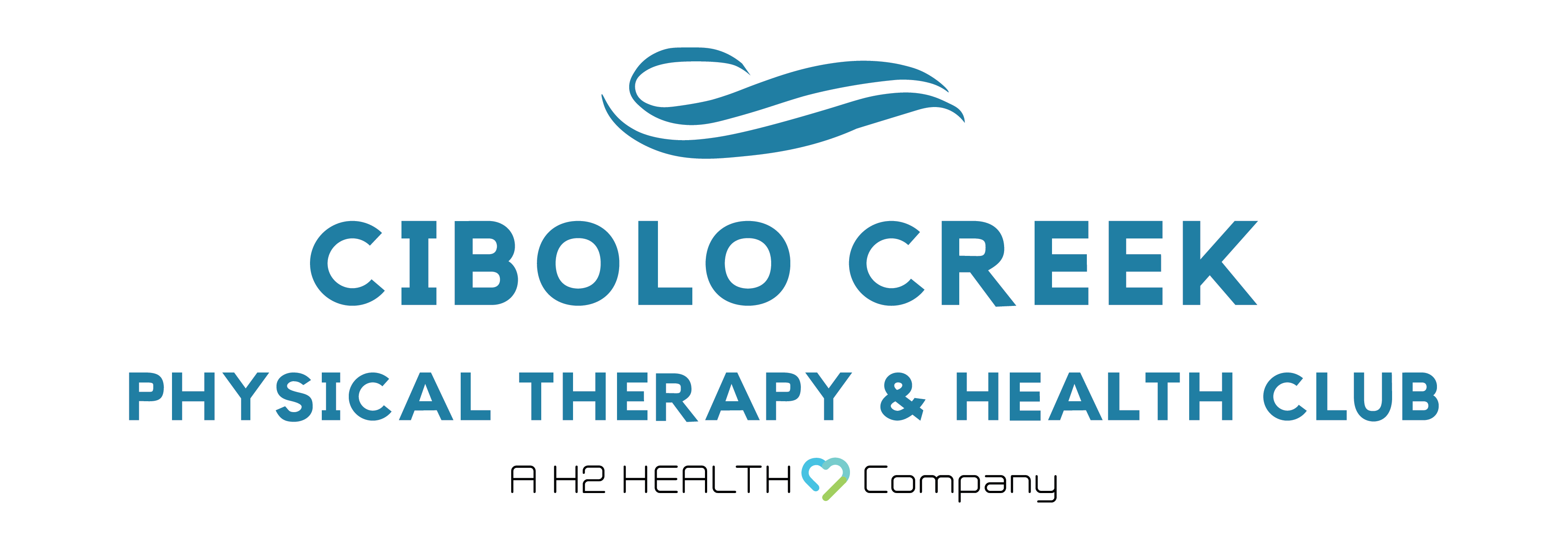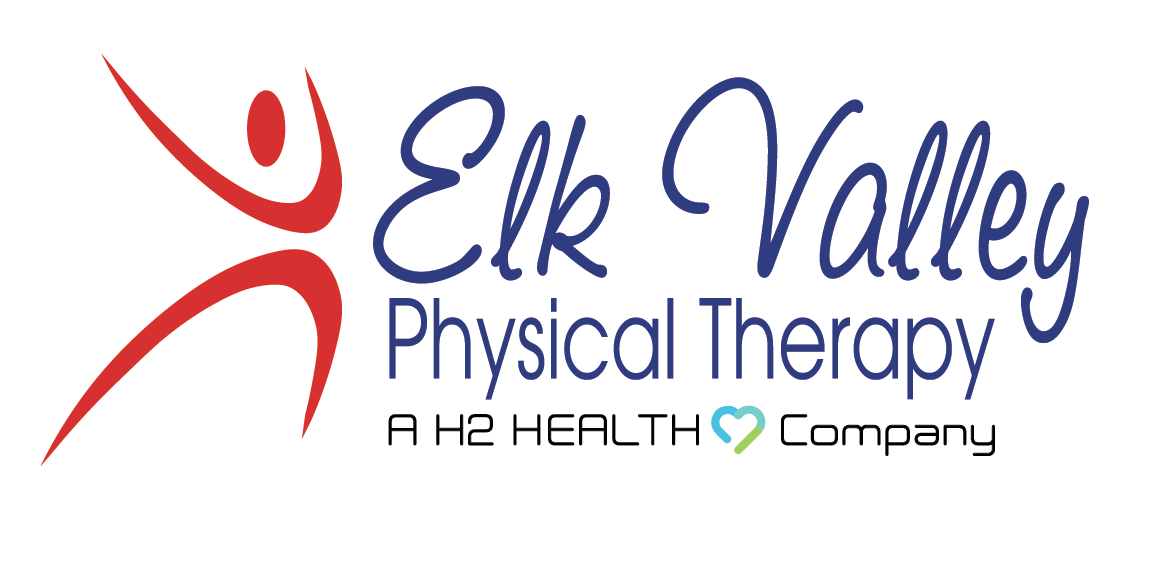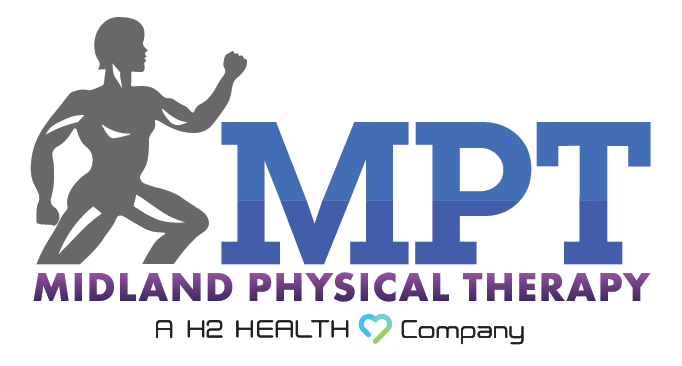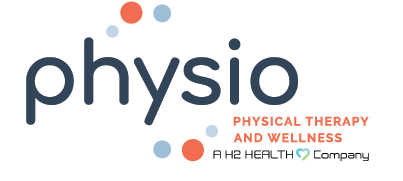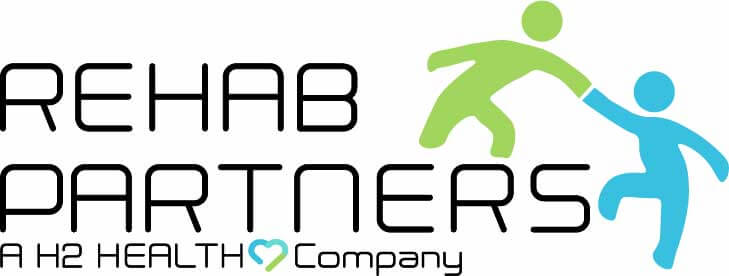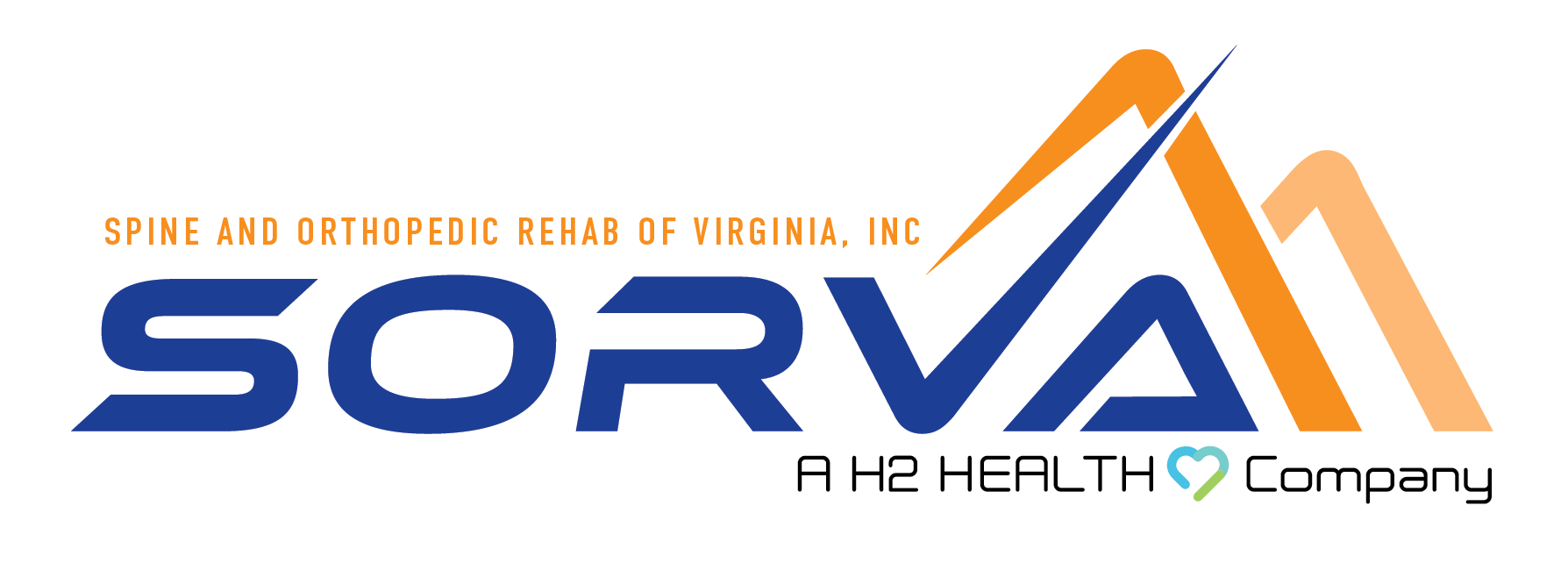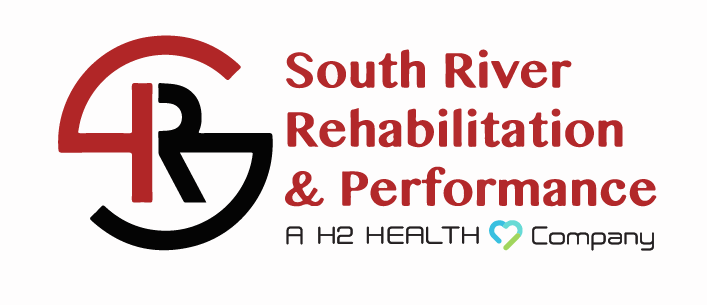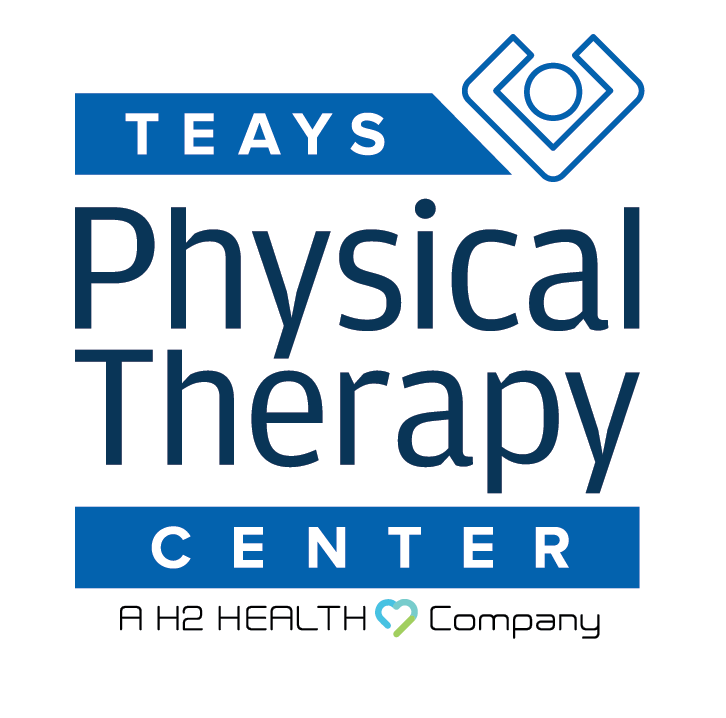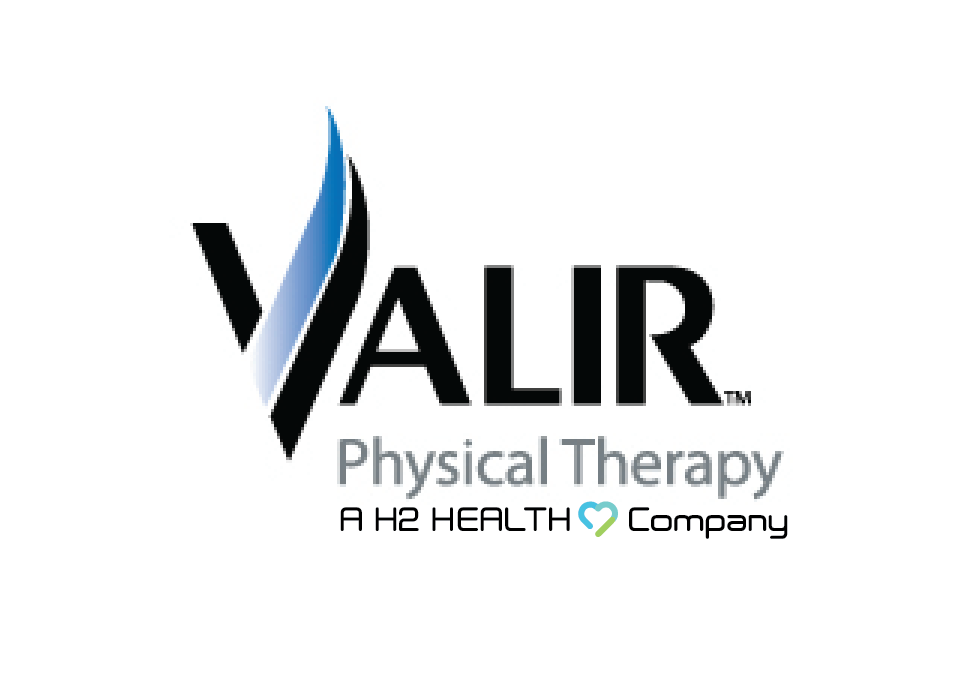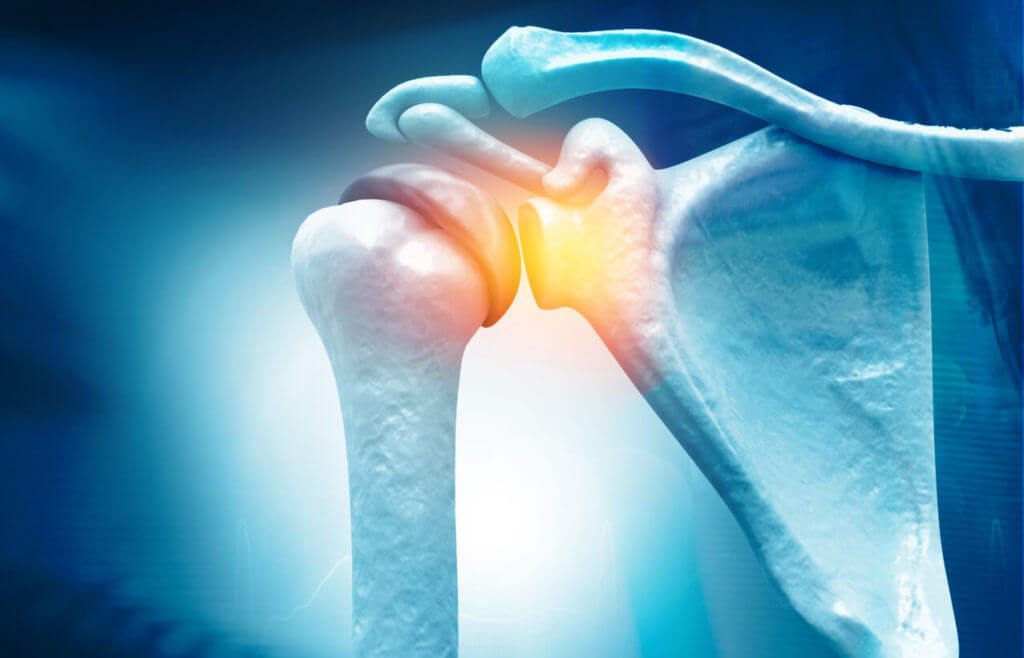
If you are suffering from a rotator cuff tear, you may have heard about minimally invasive arthroscopic surgery as a possible treatment option.
This type of surgery has been gaining popularity for its many benefits, including smaller incisions, reduced pain, and quicker recovery time.
Let’s explore the benefits of minimally invasive arthroscopic surgery for rotator cuff tears and what you can expect during the recovery process.
What is minimally invasive arthroscopic surgery?
Minimally invasive arthroscopic surgery uses specialized instruments and a small camera to access the affected area through a small incision.
This type of surgery is becoming more common for rotator cuff tears, because it offers many benefits over traditional open surgery. During the procedure, a surgeon will make a few small incisions to insert the camera and specialized tools to repair the tear instead of having to make a large incision to open the entire area up for viewing.
What are the benefits of arthroscopic surgery?
Minimally invasive arthroscopic surgery offers several benefits compared to traditional open surgery techniques. One of the biggest benefits is that it is less invasive than traditional open surgery. This means that the incision is smaller, which can lead to less tissue damage, reduced pain, and faster recovery time. Other key advantages include:
- Reduced postoperative swelling leading to a more comfortable recovery process.
- Minimally invasive techniques cause less tissue and nerve damage.
- Lower risk of complications. With smaller incisions and less tissue disruption, the risk of infection and blood loss is minimized. Additionally, patients who undergo this type of surgery may experience less scarring and a better aesthetic result.
- Arthroscopic procedures can often be performed on an outpatient basis, allowing patients to return home on the same day as their surgery. This eliminates the need for an extended hospital stay.
What can you expect during the recovery process?
After your minimally invasive rotator cuff surgery, you will need to rest and ice your shoulder to manage pain and swelling. Your doctor may also prescribe pain medication to help manage any discomfort.
Depending on the extent of the tear and the type of surgery you had, you may need to wear a sling for several weeks to ensure that your shoulder stays immobilized during the healing process. After a period of rest and physical therapy, your doctor will guide you through some exercises to help rebuild strength and mobility in your shoulder.
During the recovery process, it is important to follow your doctor’s instructions and attend physical therapy. A physical therapist will design a personalized treatment plan based on your specific surgical procedure and individual needs. The therapy may include exercises to improve range of motion, strengthen muscles, and reduce pain and inflammation. By adhering to these guidelines and actively participating in physical therapy, you can optimize your recovery and regain full function in the affected joint.
Rotator Cuff Treatment in Jacksonville, Florida
At H2 Health, we offer more than just postoperative physical therapy for conditions such as rotator cuff tears. Our comprehensive outpatient services also include occupational therapy, speech therapy, sports medicine, and so much more. Our team of licensed physical therapists work one-on-one with people of all ages with the goal of providing our patients with the best healthcare available.
We have conveniently located clinics throughout the greater Jacksonville area, as well as:
- Northern and Central Florida
- Georgia
- Kentucky
- Maryland
- New Jersey
- Oklahoma
- Pennsylvania
- Texas
- Virginia
- West Virginia
To learn more about our extensive specialty services, senior care, and pediatric care, contact your nearest H2 Health location or call us today at (800) 699-9395. Or, if you prefer, you can request an appointment online. Either way, we look forward to helping you on the road to recovery.

